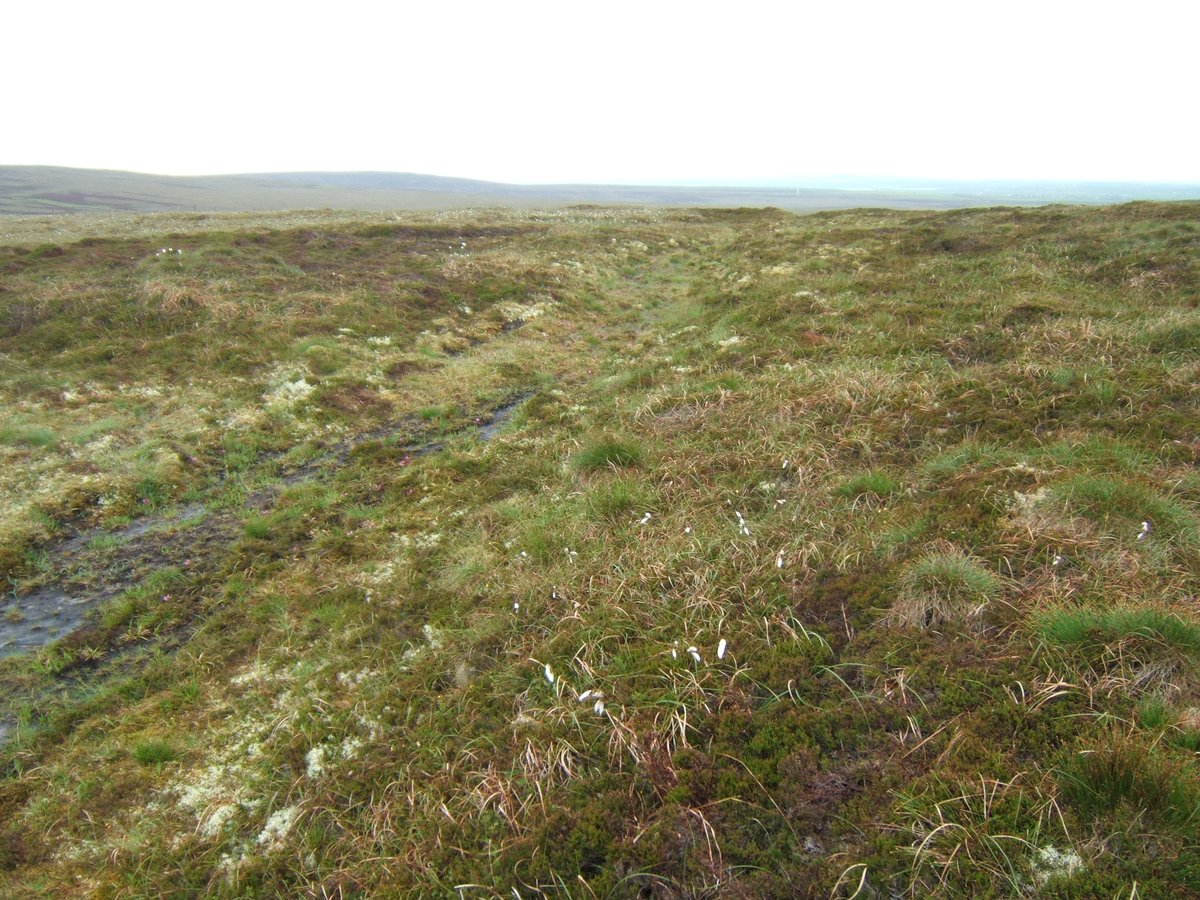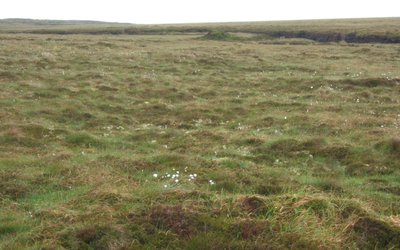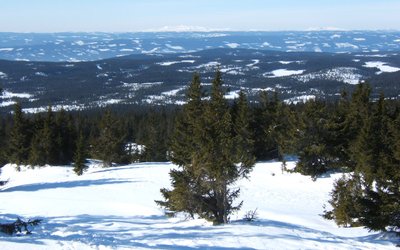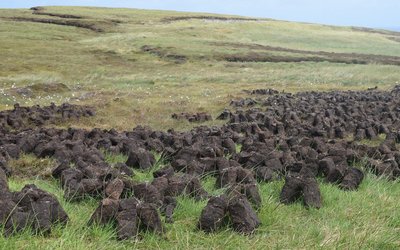Higher temperatures and more droughts endanger the future of Britain’s peatlands
February 4, 2025

Carbon storage
Peatlands occupy around 12% of the land area in the United Kingdom. These ecosystems have a peat thickness of at least 30 cm (England) or 50 cm (Scotland). About 80% of these peatlands are, to some extent, degraded due to agriculture and forestry, drainage, pollution and wildfires. In addition, higher temperatures and more intense droughts threaten their survival. Peatlands store enormous amounts of carbon. The loss of peatlands means that large amounts of greenhouse gases are released into the atmosphere.
Virtually impossible
The UK needs to restore 50% of upland peatlands and 25% of lowland peatlands to a near-natural state by 2050 to meet its legally binding climate policy, experts say. A recent study suggests that this is virtually impossible due to the impacts of climate change on peatland resilience. These northern peatlands have been formed under cool and wet climatic conditions, and these conditions are changing.
Unsuitable for peat
The authors of this study looked at future changes in temperature and drought from 1981 to 2080 under a low-end, moderate and high-end scenario of climate change. They focused on four national parks with significant peatland area. Under all scenarios, higher temperatures and drier conditions cause substantial losses in areas suitable for peatland by 2061–2080. Under the moderate and high-end scenario, of all four national parks, only western Scotland retains substantial areas that are suitable for peat accumulation. Even under the low-end scenario of climate change, conditions in most of these parks will no longer be suitable for peat.
Source: Ritson et al., 2025. Journal of Applied Ecology.








